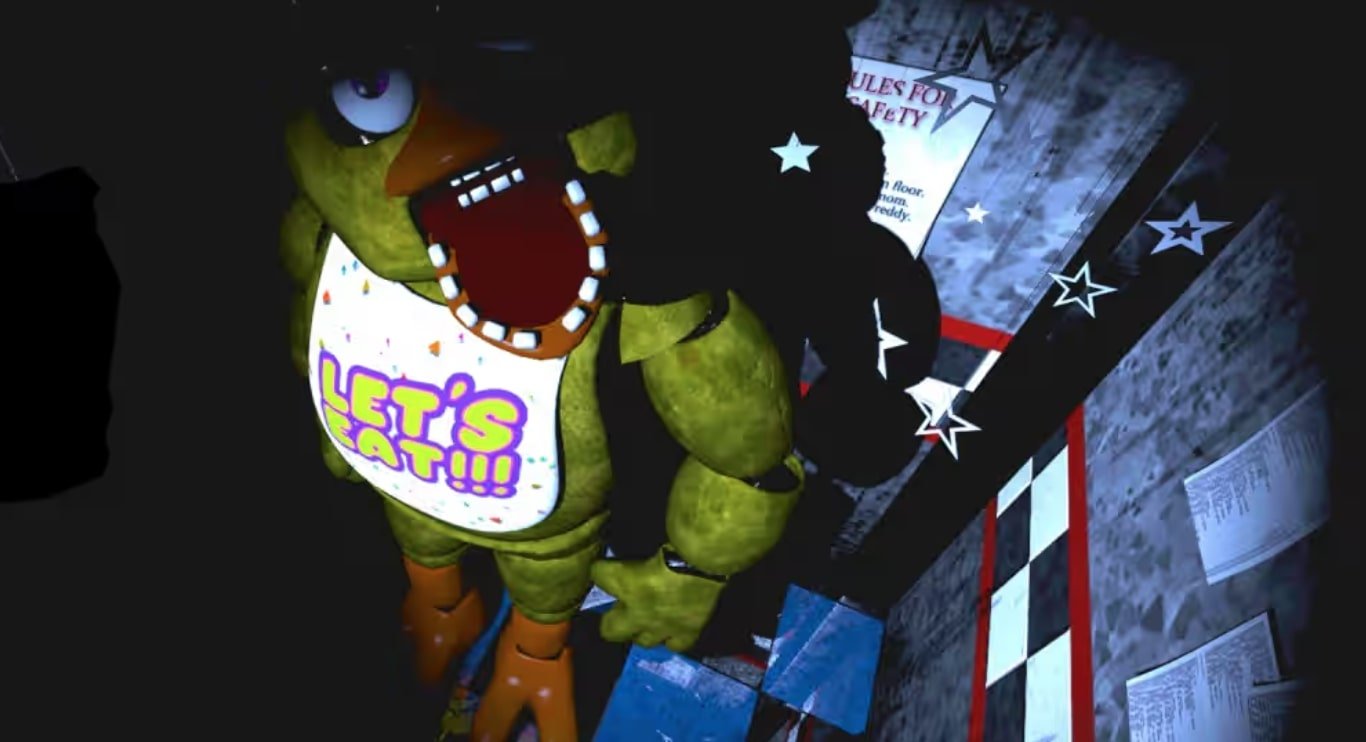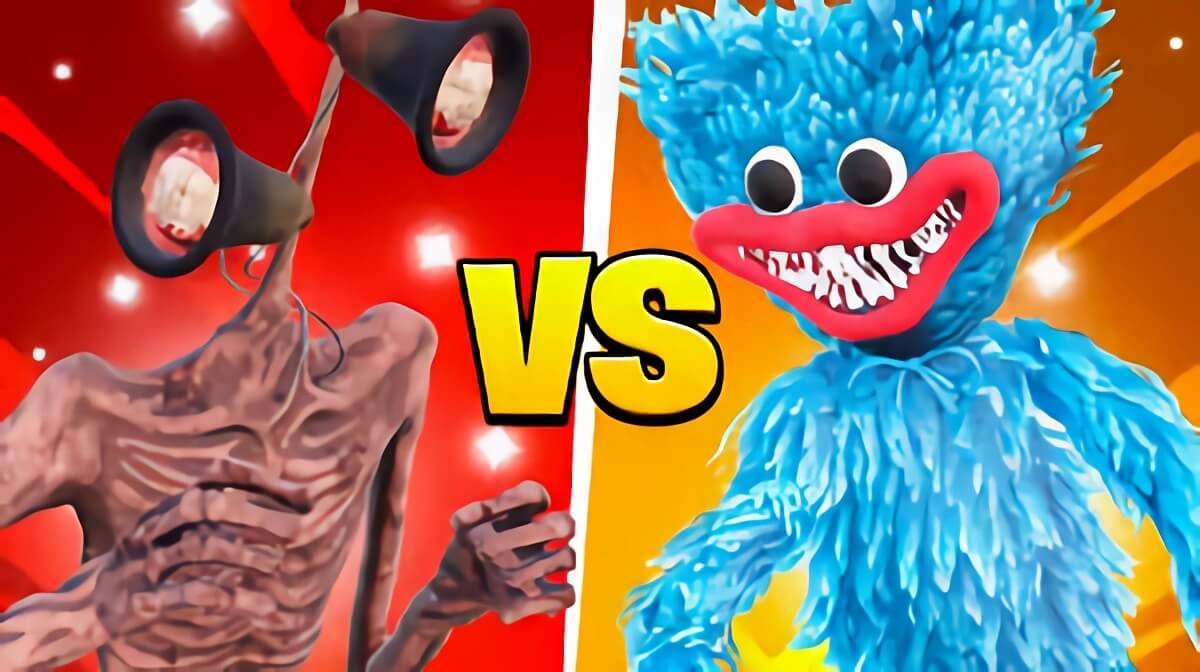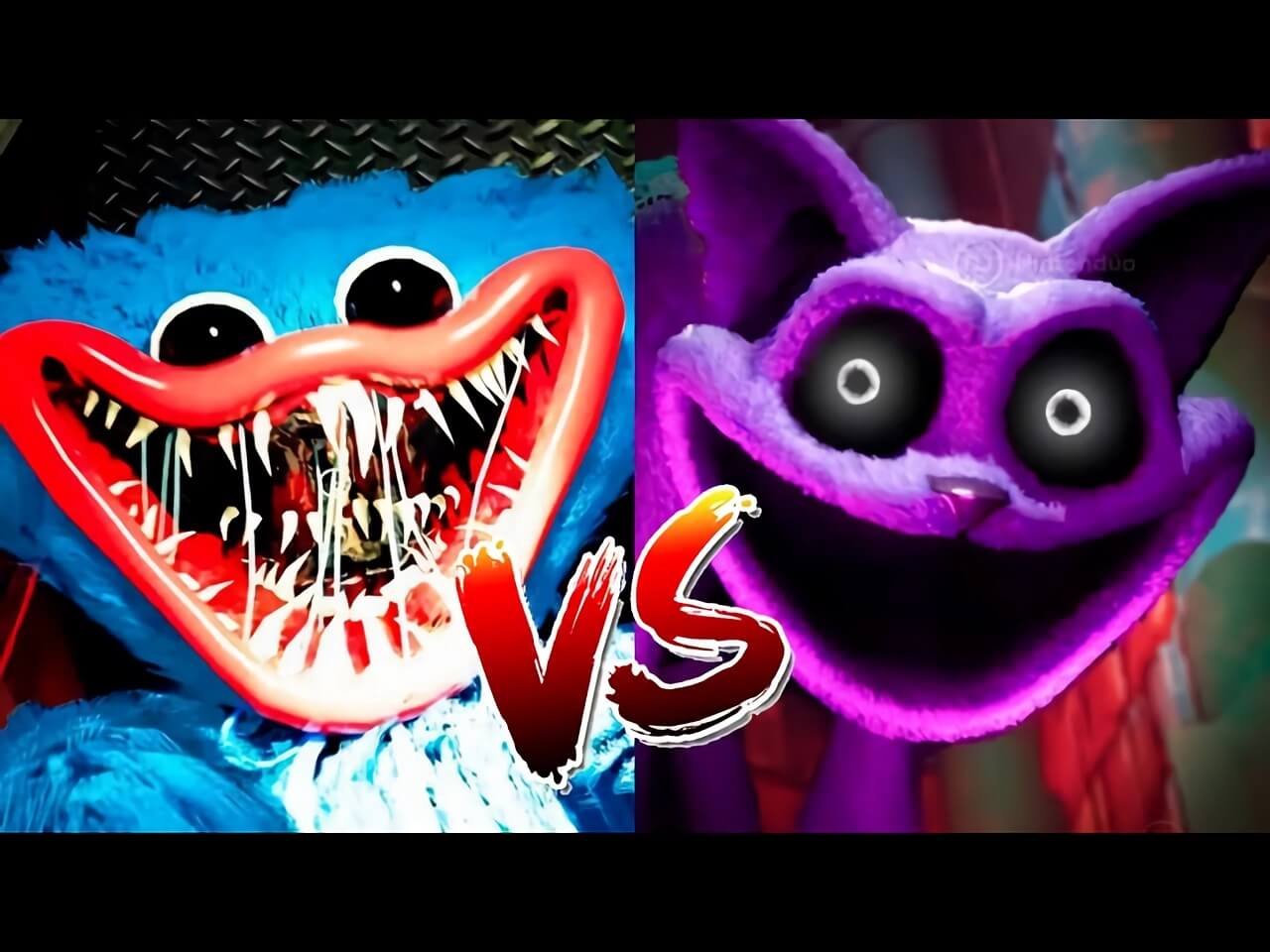Concerns Arise as Children Engage with Terrifying Mobile Games
We’ve noticed that some mobile games can be quite scary. The most common type involves zombies. These zombies move stiffly, with mechanical motions, which actually diminishes their scariness. Their main characteristic is their lack of life.
For children, the scariest thing is something lifeless. Where can they encounter this? Sometimes, on their mother’s face. Mothers suffering from postpartum depression appear lifeless, and children can become particularly irritable in such situations.
You can find online experiments called the “Still Face Paradigm,” where a British mother, while playing with her child, suddenly stops showing expressions. The video reveals that children, who previously had good interactions, start to push, cry, and demand the return of their expressive mother.
So, when children play scary games, it’s crucial to pay attention to what they’re playing. If a child frequently plays zombie games, it might indicate their mother is suffering from postpartum depression or lacks expression.
Some mothers lose interest after giving birth. When they argue with their spouses or have conflicts with their in-laws, children cry, become restless, lose appetite, and frequently fall ill. Could this be related to having a mother with zombie-like expressions? This is the first point.
The second type of game is even scarier, where zombies actively chase and attempt to consume you. This instills a sense of being devoured.
This type of zombie is related to a particularly terrifying mother who frequently engages in domestic disputes, fights, and abuses children. Consequently, these children feel engulfed by their mothers. They not only lack love but also experience immense terror.
The third type involves sawing people, creating uncomfortable feelings upon viewing. Once, when I visited a friend, he enthusiastically invited me to watch a Japanese horror movie where a person’s leg was sawed off, causing me great discomfort.
Some fear being excessively lonely. To cope, they seek out stimuli, even terrifying ones, to materialize their inner fears of loneliness.
The fourth type is related to expressing anger. These games allow individuals to triumph over opponents by channeling their inner anger. Since it’s an undead game, you can respawn after death and continue battling.
Why are these games attractive? Because they offer the chance to die and resurrect, fostering repeated attempts.
In a way, this has benefits, as each victory boosts inner courage. On the downside, failing to overcome game challenges can preoccupy children, potentially wasting time.
I’ve mainly focused on horror. Fear of lifelessness, fear of uncontrollable emotions displayed by mothers, fear of being consumed, fear of excessive loneliness, and a fear tied to internal imagery akin to Sadako from “The Ring.”
Some children, as they grow up, might say, “Although I grew up in a family, I raised myself. My parents lacked the ability to fulfill their parental duties, even leaving me to fend for myself.” These children might enjoy watching movies like “The Ring.” Therefore, parents need to observe what kind of horror movies and games their children enjoy.
Some children enjoy hearing their parents tell scary stories. Although they cover their eyes and hide under blankets, they still cling to their parents’ hands, begging for another story. Thus, understanding what type of horror stories and games children like might be more important than outright forbidding them.












Leave A Comment